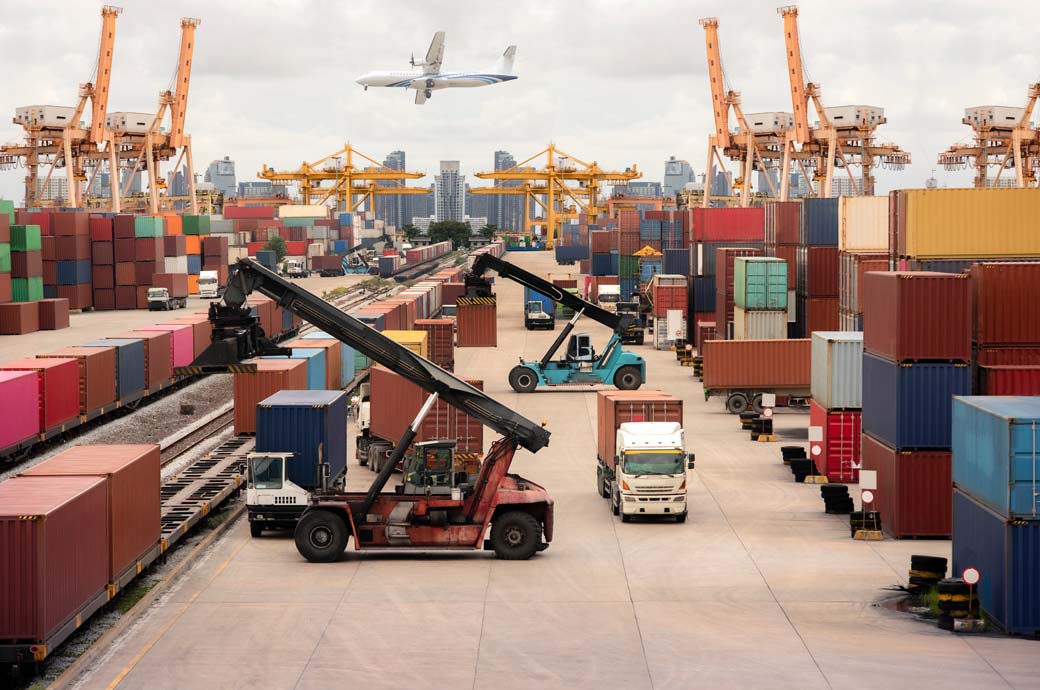
“Only about 12 per cent of US-bound cargo comes through the Suez Canal, but the situation in the Red Sea is bringing volatility and uncertainty that are being felt around the globe,” NRF vice president for supply chain and customs policy Jonathan Gold said in a release.
“US retailers are working to mitigate the impact of delays and increased costs. However, the longer the disruptions occur, the bigger impact this could have. More needs to be done among partners and allies to ensure the safety of vessels and crews in order to avoid yet another year of supply chain disruption,” he added.
Carriers are using a surplus of capacity built up during the pandemic to ease the impact as voyages are diverted around the Cape of Good Hope or to the US West Coast, and improvements are already being observed, Hackett Associates founder Ben Hackett said.
“The shipping industry has rapidly adjusted by adding extra vessels to its networks, and has returned to normal weekly ship arrivals,” he said.
“Service from Asia to the US East Coast is working well and the dramatic rise in freight rates is showing signs of easing, with pressure from shippers likely to quickly bring these down,” he added.
US ports covered by Global Port Tracker handled 1.87 million twenty-foot equivalent units (TEU)—one 20-foot container or its equivalent—in December. That was down by 1 per cent month on month (MoM), but up by 8.3 per cent YoY. December’s results brought 2023 to 22.3 million TEU—down by 12.8 per cent from 2022.
Ports have not yet reported January’s numbers, but the Tracker projected the month at 1.81 million TEU—up by 0.3 per cent YoY. February is forecast at 1.86 million TEU—up by 20.4 per cent YoY, and March at 1.71 million TEU—up by 5.5 per cent YoY.
February is traditionally the slowest month because of Lunar New Year factory shutdowns in Asia.
Fibre2Fashion News Desk (DS)